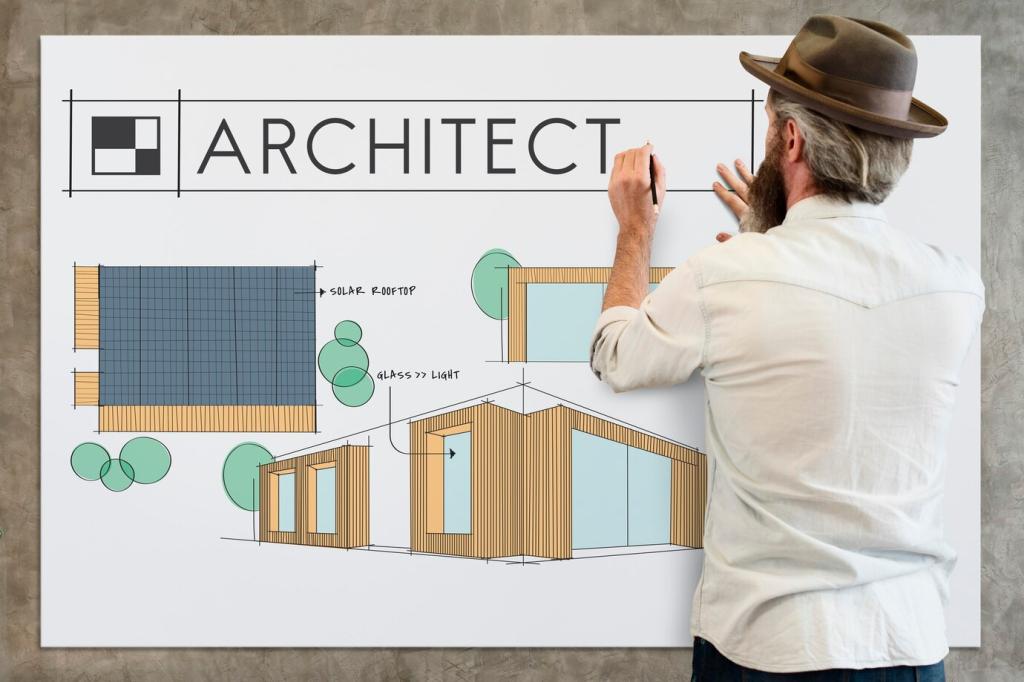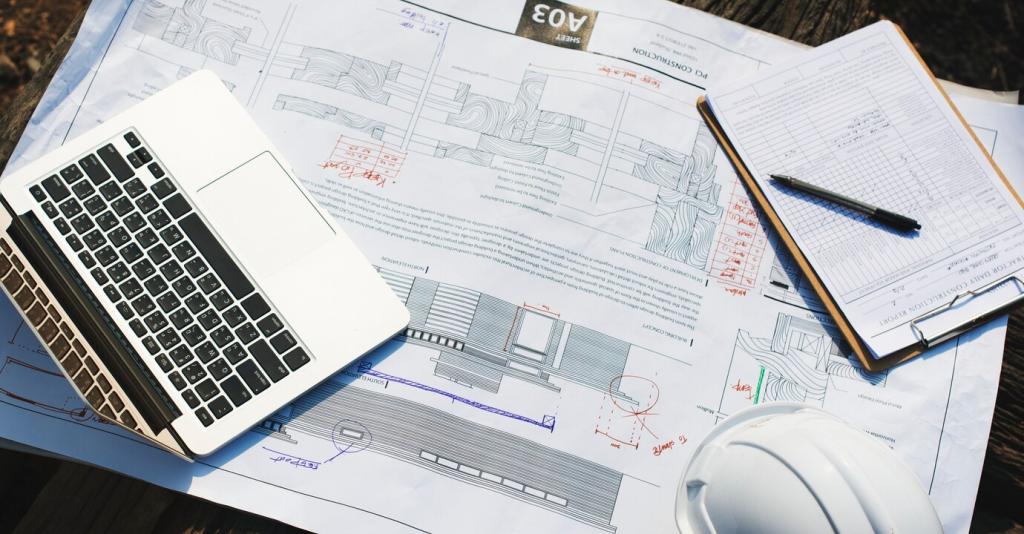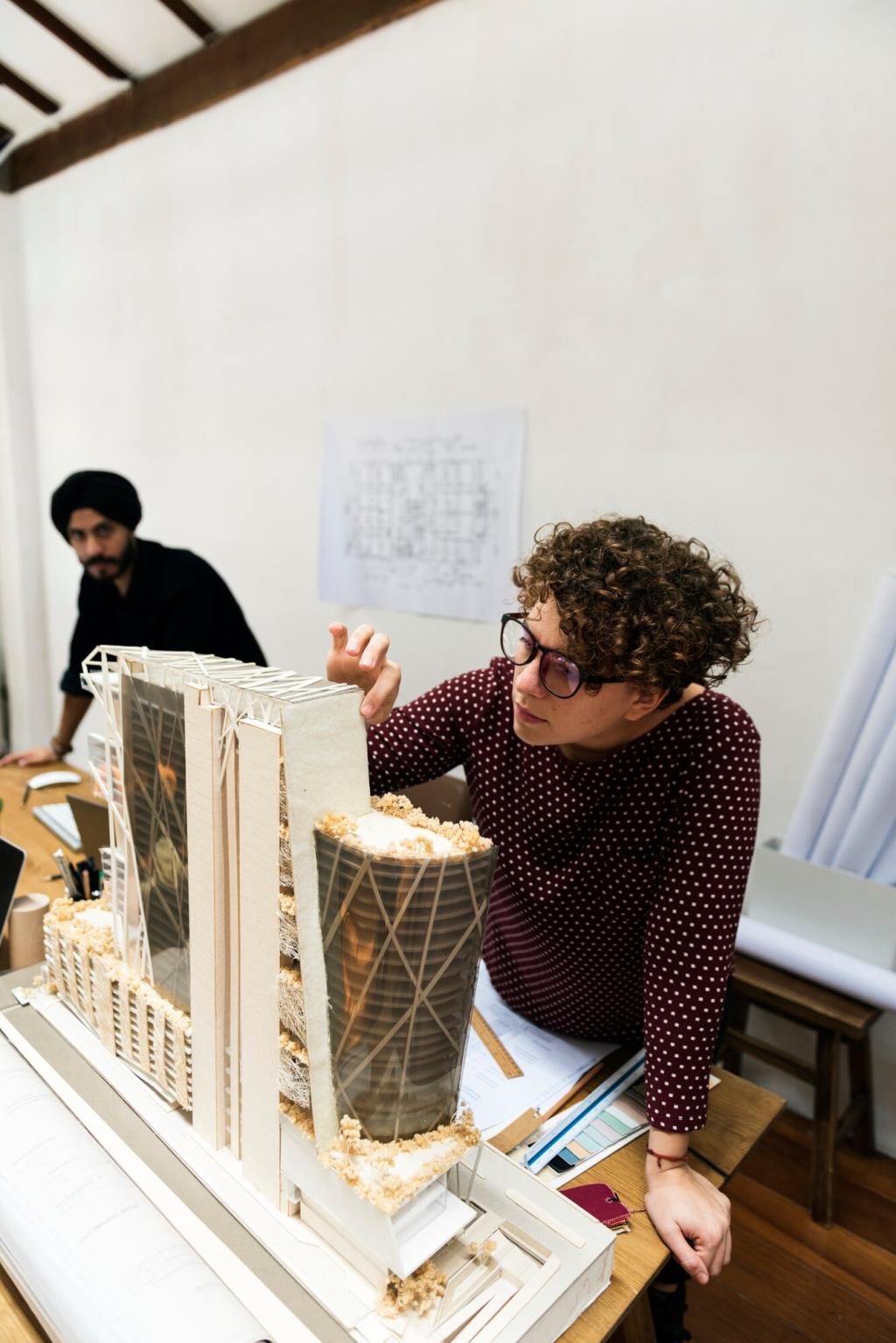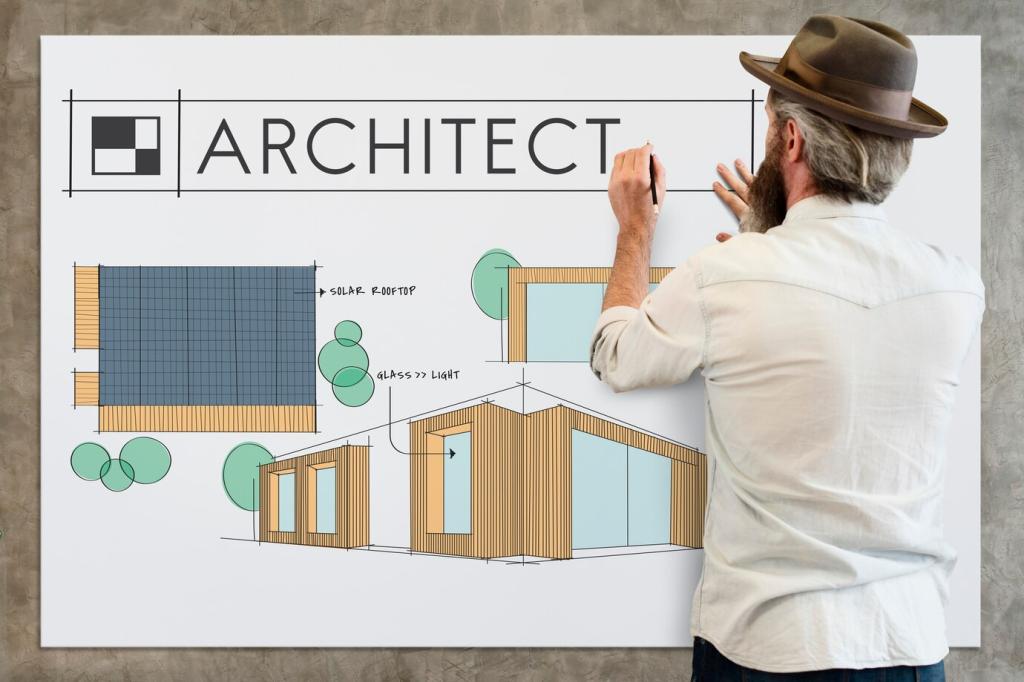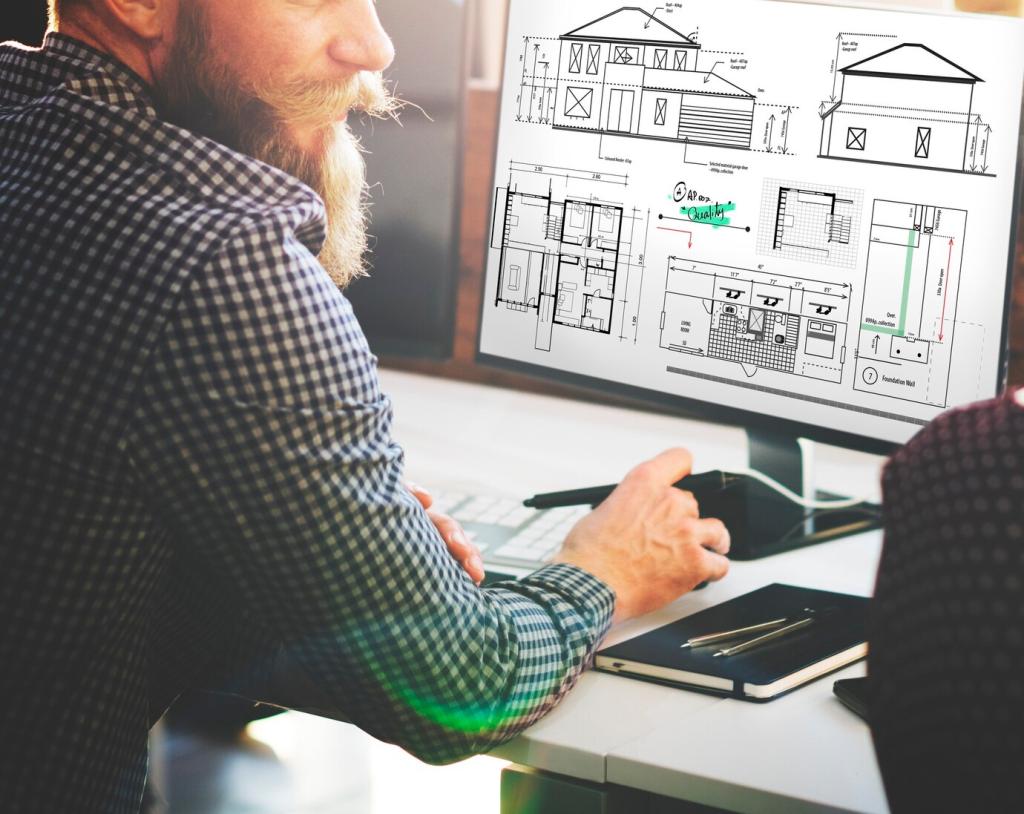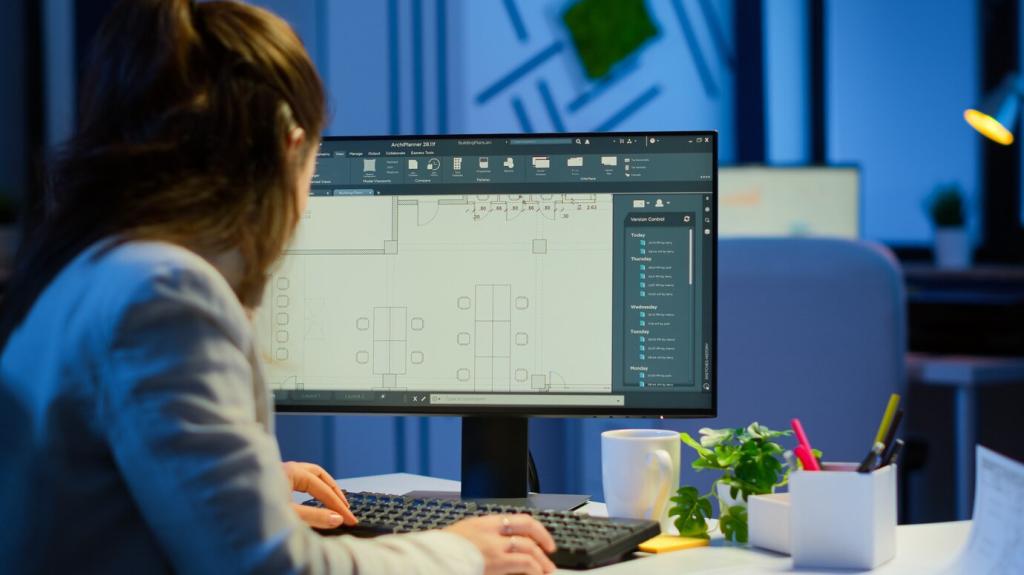Licensing, Cost, and Team Growth
Blend a primary BIM or modeling license with open-source visualization to stretch value. Track yearly total cost, not monthly line items, so investments align with pipeline stability and project wins.
Licensing, Cost, and Team Growth
Mix floating and named licenses across tools. Centralize asset libraries and login management to prevent downtime. Standardize plug-ins so anyone can open a colleague’s file without missing dependencies or breakages.
Licensing, Cost, and Team Growth
Use centralized deployment, version pinning, and template governance. The best software for architectural 3D modeling must pass IT audits, but it should still let designers iterate quickly without bureaucratic delays.

